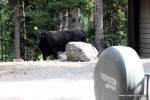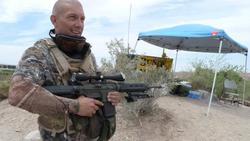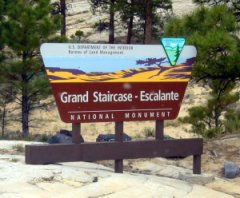
Beautiful, fragile, poorly managed.
Grand Staircase Escalanate National Monument, Burr Trail (GSENM), May 20, 2013
It doesn’t make sense to subsidize environmental degradation on public lands. Kirsten and I went out for a couple of nights camping to the Deer Creek campground off the Burr Trail in the GSENM. After a hike down Deer Creek for less than a mile we turned around, sad and disgusted, and came back a day early.
The campground is an oasis in the high desert red rock country. Deer Creek runs off of Boulder Mountain toward the Escalante River and on to Lake Powell. Along its banks are cottonwood trees, coyote willow, aspen and spring wildflowers. That is, if the delicate area is protected from cows. The campground is cattle guarded for the most part and was a delight. Out of the gate, across the road and down the stream was another matter.
Leaving camp we came across the first ominous signs. Inside the campground the spring grasses were knee high and robust.
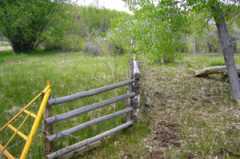
Cattle guard and fence at campground. Cows hang out at viewer’s right.
On the other side of the fence the grass was already overgrazed and gone. Ranchers and their apologists such as the responsible BLM agents call this a “sacrifice zone” saying that cattle will congregate along fences making things worse there than in general elsewhere. But in general cows are to be kept out of riparian zones. In fact, that is where they primarily hang out. We crossed the road and signed in at the trail head register. Behind the first row of willows it smelled and looked like we had walked into a stock yard. The trampled stream was at our feet and the cows were there strip mining away.
It costs a rancher $1.35 per month for a permit to graze a cow and her calf on public land. It is the same price they paid in 1962 and 1/10 to 1/20 the going market rate and less than it costs for you to feed your gerbil. It costs the taxpayer more to manage the ranching/permittees than the ranchers make doing it. It’s the reason for the pejorative “welfare rancher.” These folks couldn’t afford to keep doing it with out subsidy.
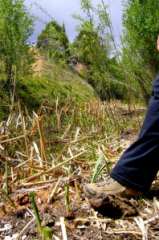
The grass, wildflowers and willows should be hip high in this riparian area.
In addition to paying for gates and fences, the taxpayer also pays to exterminate wildlife that might threaten the cows like wolves and coyotes and even beaver (beaver are virtually outlawed by the county commissioners in Garfield County where much of the Monument is).
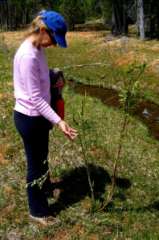
Cow burnt.
It is wolves and other predators that keep ungulates on the move in riparian areas allowing the supporting undergrowth like the grasses, wildflowers, and the cottonwoods, aspen and willows to prosper. That bugs ranchers so even federal agencies like the so called “Wildlife Resources” spend millions making creeksides like this one a virtual private ranch where, as if they are the only concern, there is no need to monitor and manage the cows. A half a dozen of the hooved locusts were munching nearby.
The ranchers answer that this is their way of life. But who gets that? Torrey House Press is losing money, and it is my way of life, but I am not asking for subsidies. I have to make it work or get out of the business. The commissioners ask who I am going to put out of a job. Great rhetoric but the wrong question. I am not qualified to say who should have a job and who shouldn’t and the government certainly isn’t. Ask the Soviet Union about that practice. The market could be allowed to work it out and there are market solutions. The conservation community is standing by ready to buyout grazing permits but only if the permits can be retired. By current law permit retirement on BLM land literally requires an act of congress.
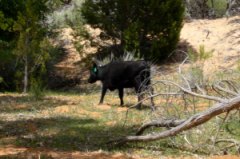 Cows made sense for a little while in the arid Intermountain West and the Colorado Plateau but with the advent of the railroad and easy transportation, such things as grazing need to be done on private land where it rains. There is plenty of it east of the 100th meridian. It is nuts to keep hammering our public treasures this way.
Cows made sense for a little while in the arid Intermountain West and the Colorado Plateau but with the advent of the railroad and easy transportation, such things as grazing need to be done on private land where it rains. There is plenty of it east of the 100th meridian. It is nuts to keep hammering our public treasures this way.
Like this:
Like Loading...


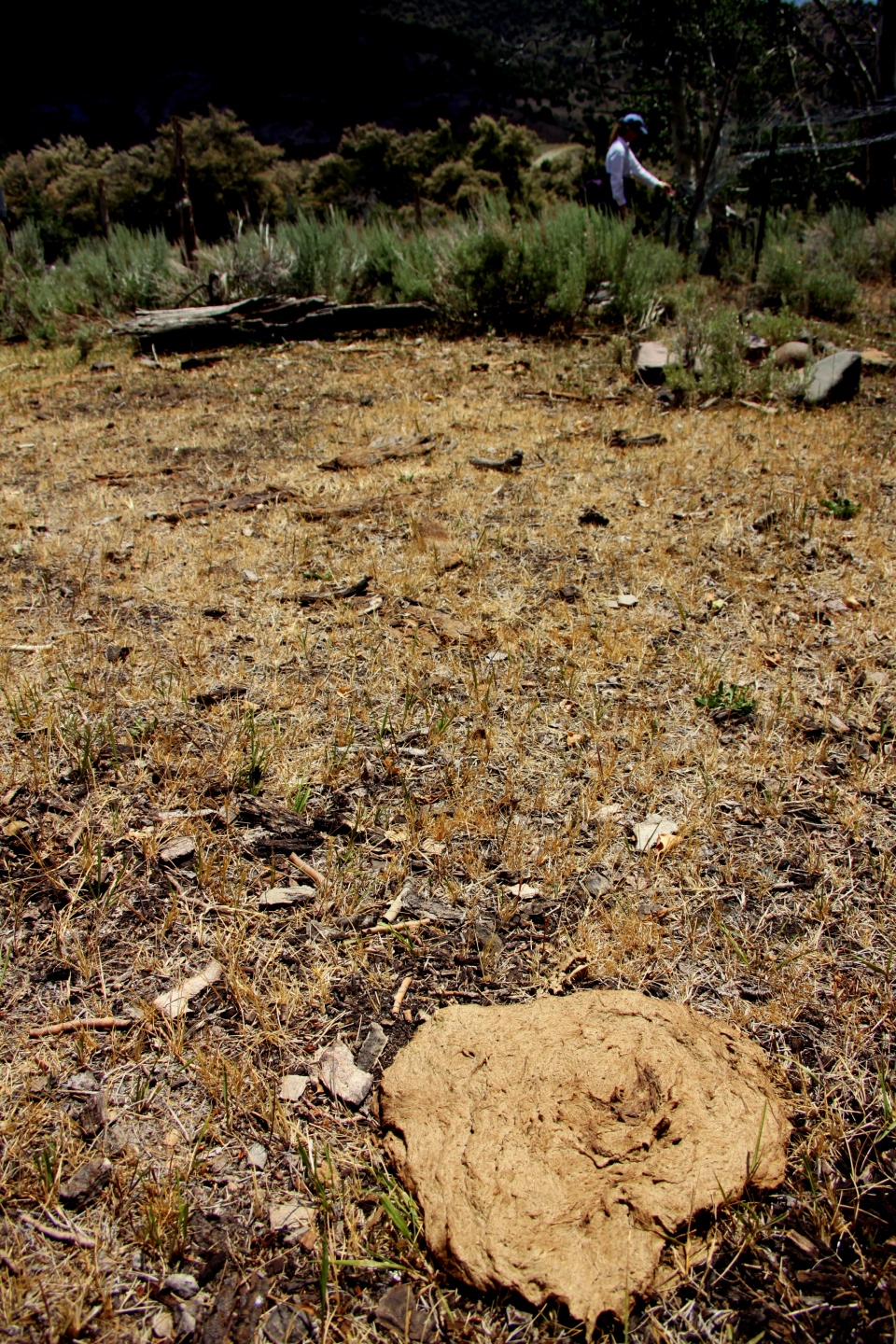
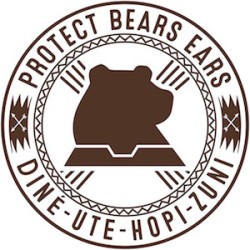 Here in the West it is cowboys and Indians again. Or still. I believe the battle will soon turn against the cowboys.
Here in the West it is cowboys and Indians again. Or still. I believe the battle will soon turn against the cowboys.

